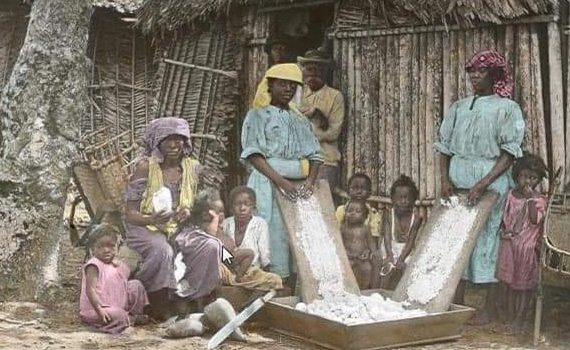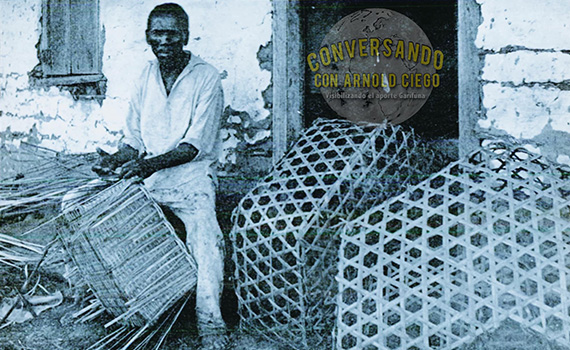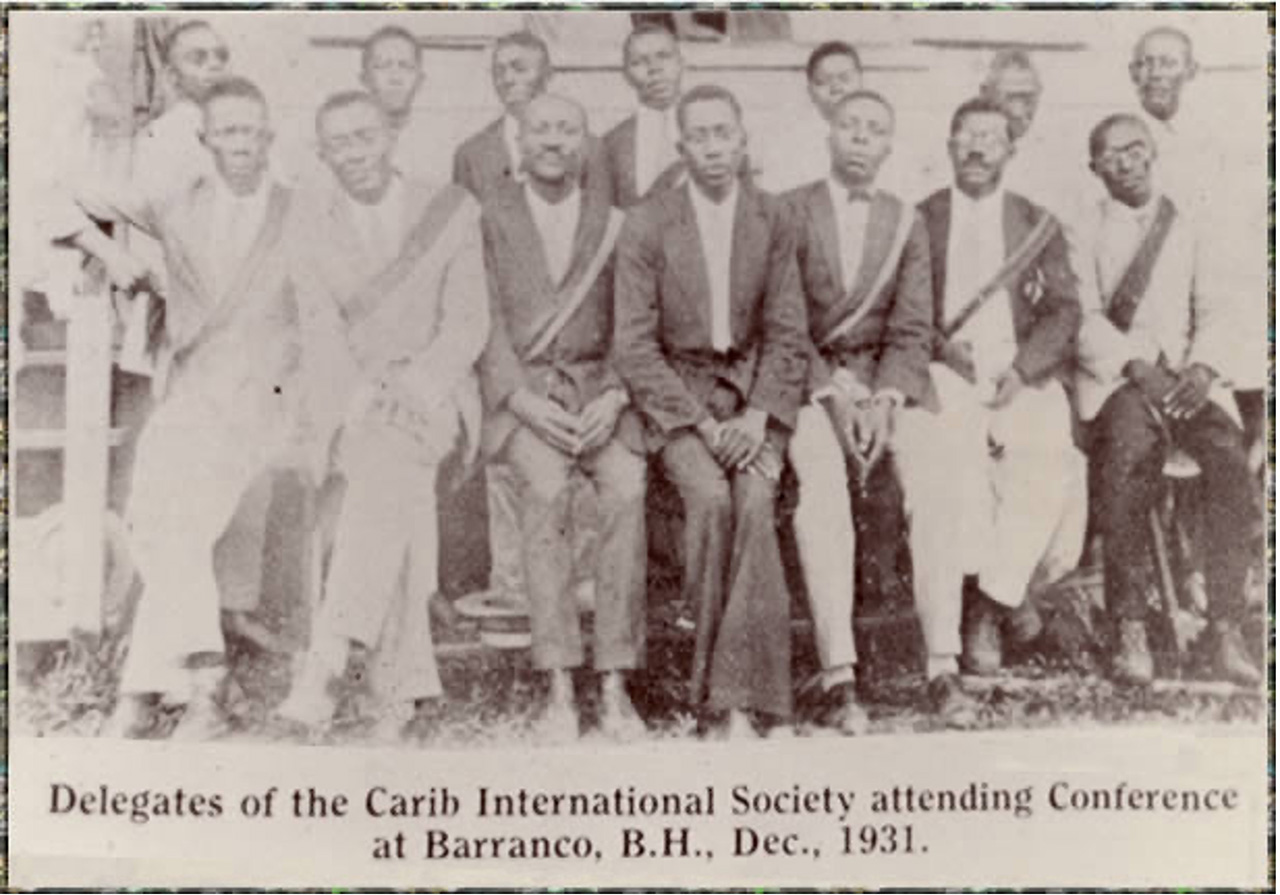History
The Garifuna People


Prior to the British defeating our people in March of 1796, our ancestors controlled our nation; “Yurumein” now known as Saint Vincent & Grenadines. We had a government under the control of our Paramount Chief Joseph Chatoyer who was killed, with collaboration with other Chiefs from the mainland communities and neighboring islands in the region.
The subsequent removal, unlawful imprisonment and tortures that took place on the island of Baliceaux, led to the dismantling of our nation state and our removal to the island of Roatan, Honduras where about 2,500 of our people arrived on April the 12th 1797.
From Honduras our people then migrated to the countries of; Nicaragua, Guatemala, Belize and the United States of America where they currently reside. Yet, despite all these occurrences our nationhood status remains intact.
This has been supported by treaties, conventions, International Law, ILO-169 and United Nations (UN) Proclamations made on behalf of us. It is our responsibility to assert our rights as a people and to demand autonomy in all the countries where we reside based on these legal instruments.
In the past many of our ancestors have made attempts to let the world know about the genocide and human rights violations that have and continue to be committed against us in the countries where we reside today. We applaud all the efforts made by our ancestors and we will continue to build on their accomplishments.
All their unfinished goals and objectives, is front and center in our quest to seek justice on behalf of all of our people and nation. The easiest way for these goals and objectives to be obtained, is for each and every Garifuna man and woman to commit his or himself to the struggles of our people and nation. Our Garifuna Nation is desperately in need of your support now.
It is not enough for us to just say that; I am proud to be a Garifuna”. While, we sit idly by and watch our culture wither away in the dust and our people continue to suffer in the countries where we live today. Let each and every one of us do something to help preserve, protect and promote our culture and nationhood status. The Garifuna Nation is committed to bring legal claims against the nations, that have and continue to commit genocidal acts and human rights violations against our people and nation.
Our Flag
The Garifuna Flag
Garifuna Flag
The Garifuna flag consists of three horizontal strips of black, white and yellow, in that order, starting from the top. This flag has long been accepted internationally as the flag of the Garifuna Nation and the colors have been used in any forum where Garifuna people assert their Garifuna identity. The flag of National Garifuna Council is identical to the Garifuna flag with the addition of the NGC logo set in a white circle in the center.
Flag Story
History of the Garifuna Flag
This flag represents an evolution that commenced with the Carib International Burial and Sick Aid Society (CIS) founded in the early 1920’s, whose flag was made up of horizontal strips of red, yellow and black. Red (funati) stood for the blood of the Garifuna, black (würiti) the skin of the Garifuna and yellow (dumari) the food of the Garifuna. T.V. Ramos added the strip of white (haruti) in the middle, substituting it for the red, when he formed the Carib Development Society (CDS) later in the same decade.
Carib International Society, as the name implies, was international in scope and its development appears to have been facilitated by the convergence of Garinagu from the various countries in places like Puerto Barrios where they flocked in search of employment with the United Fruit Company.
The area of operations of the Carib Development Society, on the other hand, was limited to Belize although the influence of its initiatives spread far beyond the borders of Belize and laid the foundation for the later emergence of its successor, National Garifuna Council (NGC).
It is the Carib Development Society (CDS) flag that became established as the Garifuna flag while the Carib International Society (CIS) flag became relegated to the dustbin of history in the sense that hardly anyone remembers it and there seems to be no written record of it. It does not even feature in the 1931 photograph of attendees at a CIS meeting in Barranco.
CARIB INTERNATIONAL SOCIETY (CIS) CONVENTION

GARINAGU INTERNATIONAL SUPPORT FOR THE FLAG
Why did the CDS flag and not the CIS flag come to be seen as the Garifuna flag? One can conclude that it had to be because of the founding of the Garifuna Disembarkation Day (which later became Garifuna Settlement Day) in 1941 by T.V. Ramos, who was also the founder of the Carib Development Society. This was the only Garifuna day celebrations in the world and it attracted visitors from other countries who saw the CDS flag flown in the context of the celebrations, saw it as the Garifuna flag and took it home with them as such. The black, red and yellow flag of the Carib International Society was never associated with a similar celebration or even with an international flavor.
Each Garifuna community in Belize had a Carib/Garifuna Settlement Day Celebrations Committee to organize the celebrations. These celebration Committees were creatures of CDS. It was these Committees that were brought together with an expanded mandate and established as branches at the founding of National Garifuna Council. This means that National Garifuna Council is a direct descendant of the Carib Development Society and like its parent, the Settlement Day Celebration Committee(s), can be said to be guardian and owner of the flag.
MEANING OF THE FLAG COLORS
What is the significance of the colors of the Garifuna flag? This question has been asked quite frequently and some attempts have been made to answer it although I am not aware of any written explanation. I will now try to piece together what I have heard, with the hope that this will evoke some reaction that can contribute to a full and complete documentation of the significance of the colors. It should also be noted that it is people who give meaning to symbols. We, therefore, have the option of expanding on whatever meanings have been handed down to us by the originators of the CIS and CDS flags.
* Historical content provided by Wellington C. Ramos 1st Vice-President of United States Garifuna Nation & President of United Garifuna Association Inc.
